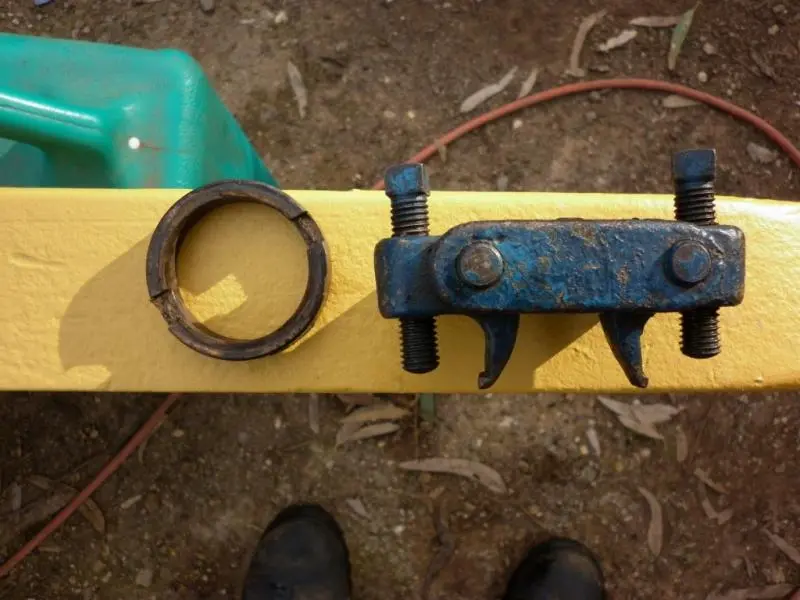Hello Wingman, I remember reading a thread about the temperature gauge repair a few years ago and they used a bulb and line from a newer temp gauge and soldered it into the old gauge, from memory it involved putting the new bulb on dry ice, or ice cubes during the transfer process, but it was successful though I can't remember if the gauge needed to be recalibrated, if you do a search through old threads you might find it.
The ACMOC Board have been busy researching the manufacture of new gauges to suit the old Cats like your 22 and I saw Peter Bloom discussing the prototype oil gauge just a week or 2 ago so I suspect you may be able to buy a new old style oil gauge before Christmas if we are lucky, and I'm hoping Peter can find a good supplier who can replicate the temperature gauges for us too at a reasonable price, because I also need them for my 22's here in Australia, and do many other folks.
I'm sure Peter will chime in soon on this topic.
Regards
Mike
See the link on this page as it discusses what Mike is trying to explain!
Thanks for the info Mike.
drujinin, I saw the link, but that link just takes me to ebay webpage and shows oil temp gauges for sale. And what I am looking for is water temp gauges, while trying to keep the orginal gauge.
Sometime back Garlic Pete posted a link to a repair technique, I believe, used by someone who repaired an old Plymouth water temp gauge. Perhaps he can repost it.
Daron
Found link:
http://www.ply33.com/Repair/tempgauge
try a web search, the method was described on an old car site.
roughly:
1) get suitable new gauge with long enough lead.
2) cutting old lead a few inches from the gauge head, prep for solder by sanding O.D. of lead and tinning
3) make a sleeve to connect the leads from suitable material.
4) prep new lead by sanding at site of future cut and tinning
5) put new bulb in dry ice to keep the either from escaping
6) cut new lead and solder onto old head using the sleeve.
7) look for leaks as bulb warms up
😎 check for calibration in a water bath( 212 deg is convenient because no thermometer is needed.
9) either formulations may vary with resulting difference in coefficient of expansion = gauge may not work perfectly, but you can get the hand to read correctly at the most important temp by resetting the hand, or bending of the works inside.
This is what I remember reading over a year ago, I may have missed something.
I SEARCHED, that link appeared to be the right Thread? I didn't check the Link that was in the post. OH, Well! The Link that Daron posted was the one, I was thinking of.
Hi Stephen, did it mention how to cut the tube? Sidecutters would crimp it, and a hacksaw would be too rough.
Hi Stephen, did it mention how to cut the tube? Sidecutters would crimp it, and a hacksaw would be too rough.
Wow, thanks for all this info and links. I think I can fix the original or at least give it a good try.
What about a thermostat? Anyone know of a part number or what kind would work?
-Matt
